Discover 11 hidden attractions, cool sights, and unusual things to do in Pendeen (United Kingdom). Don't miss out on these must-see attractions: Levant Mine and Beam Engine, Pendeen Lighthouse, and Geevor Tin Mine. Also, be sure to include Chûn Castle in your itinerary.
Below, you can find the list of the most amazing places you should visit in Pendeen (England).
Table of Contents
Levant Mine and Beam Engine
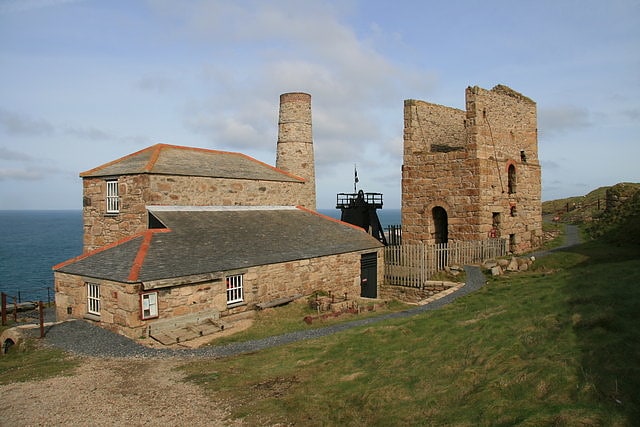
Historical landmark in England. Levant Mine and Beam Engine is a National Trust property at Trewellard, Pendeen, near St Just, Cornwall, England, UK. Its main attraction is that it has the world's only Cornish beam engine still operated by steam on its original site. There is also a visitor centre, a short underground tour, and the South West Coast Path leads to Botallack Mine, via a cliff-top footpath.
In 1919 the engine used to transport men between the different levels of the mine failed, leading to the deaths of thirty-one men. Since 2006, the area has been part of the UNESCO World Heritage Site, Cornwall and West Devon Mining Landscape.[1]
Address: Trewellard Cliff House, TR19 7SX Penzance
Pendeen Lighthouse
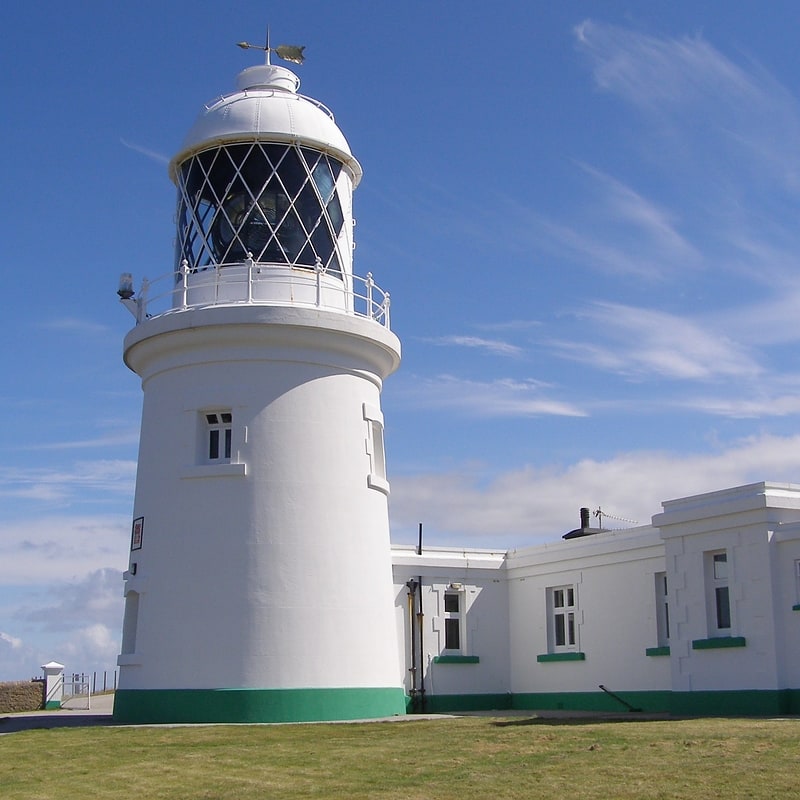
Historical landmark in England. Pendeen Lighthouse, also known as Pendeen Watch is an active aid to navigation located 2 kilometres to the north of Pendeen in west Cornwall, England. It is located within the Aire Point to Carrick Du SSSI, the Cornwall Area of Outstanding Natural Beauty and the Penwith Heritage Coast. The South West Coast Path passes to the south.[2]
Geevor Tin Mine
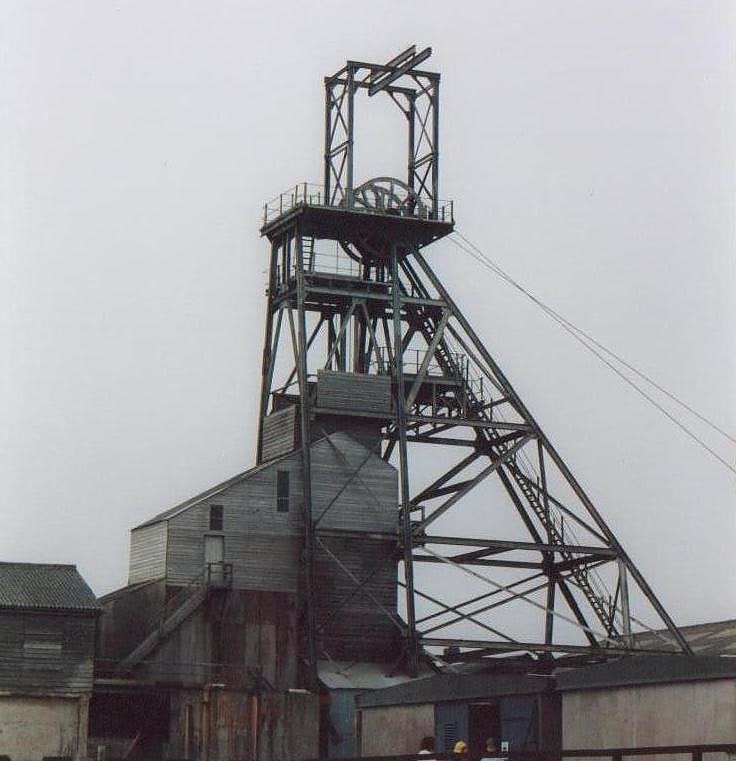
Museum in Pendeen, England. Geevor Tin Mine, formerly North Levant Mine is a tin mine in the far west of Cornwall, United Kingdom, between the villages of Pendeen and Trewellard. It was operational between 1911 and 1990 during which time it produced about 50,000 tons of black tin. It is now a museum and heritage centre left as a living history of a working tin mine. The museum is an Anchor Point of ERIH, The European Route of Industrial Heritage. Since 2006, the mine has been part of the UNESCO World Heritage Site Cornwall and West Devon Mining Landscape.[3]
Address: Geevor Tin Mine, Pendeen, Pendeen
Chûn Castle
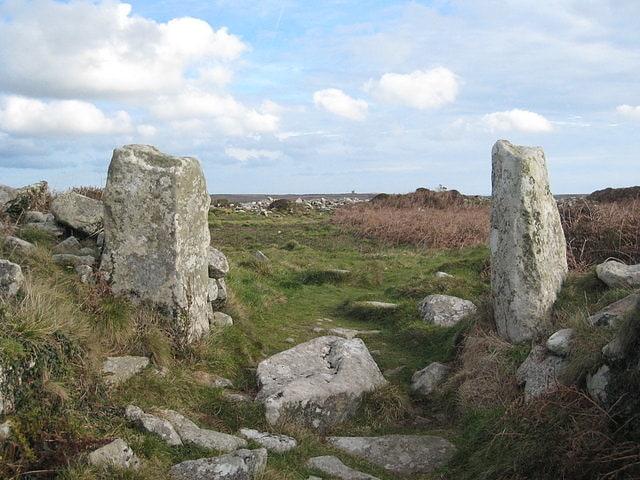
Historical landmark in England. Chûn Castle is a large Iron Age hillfort near Penzance in Cornwall, England, United Kingdom. The fort was built about 2,500 years ago, and fell into disuse until the early centuries AD when it was possibly re-occupied to protect the nearby tin mines. It stands beside a prehistoric trackway that was formerly known as the Old St Ives Road and the Tinners’ Way. The name Chûn derives from Cornish: Chi an Woon. The area is now sometimes known as Chûn Downs. Nearby is Chûn Quoit.[4]
Mên Scryfa
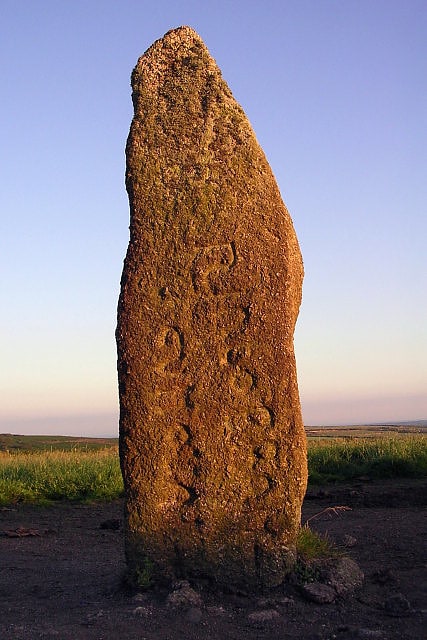
Historical landmark in England. Mên Scryfa is an inscribed standing stone in Cornwall, United Kingdom. The inscription, dating to the early medieval period, commemorates "Rialobranus son of Cunovalus."[5]
Address: On the Morvah to Penzance Rd, Pendeen
Watch Croft
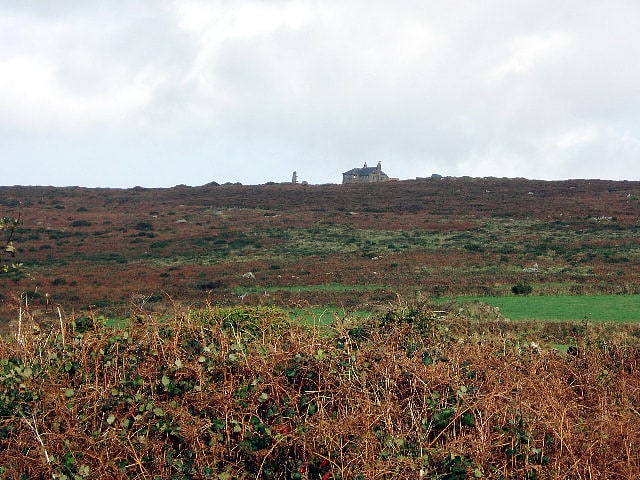
Summit in England. Watch Croft is a prominent hill, 252 metres high overlooking the north coast of the Cornwall, UK. Its prominence of 225 metres qualifies it as a Marilyn, one of only five in Cornwall. The others are Brown Willy, Kit Hill, Hensbarrow Beacon and Carnmenellis. It is the highest point in West Penwith.
Watch Croft is located within an Area of Outstanding Natural Beauty and the St Just Mining District World Heritage Site, on the White Downs in the Cornish region of West Penwith, 7 kilometres WNW of Penzance, about 7½ kilometres northeast of St. Just and about a kilometre from the north Cornish coastline. The summit is a rock tor. There are views across Mount's Bay to the Lizard, south to Ding Dong Mine and north to Pendeen Watch.[6]
Bosiliack Barrow
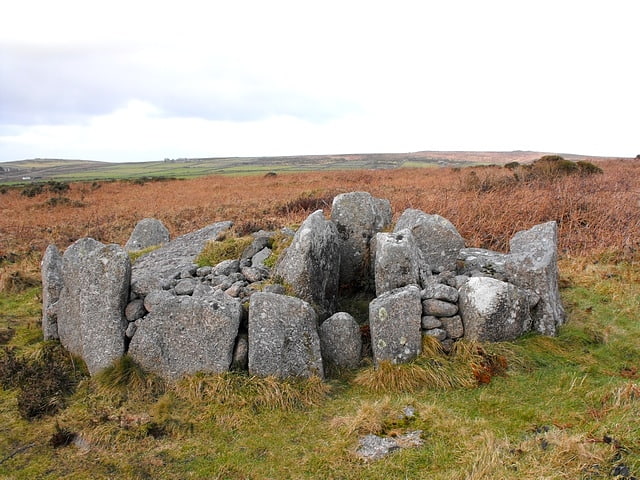
Historical landmark in England. Bosiliack Barrow is a barrow on the Penwith Moors between Madron and Morvah near the hamlet of Bosiliack in Cornwall, UK.
The barrow is Neolithic and was excavated in 1984, causing little disturbance to the ancient site. The barrow is a unique Scillonian entrance grave which can be found on the Isles of Scilly and in West Cornwall.[7]
Carn Kenidjack
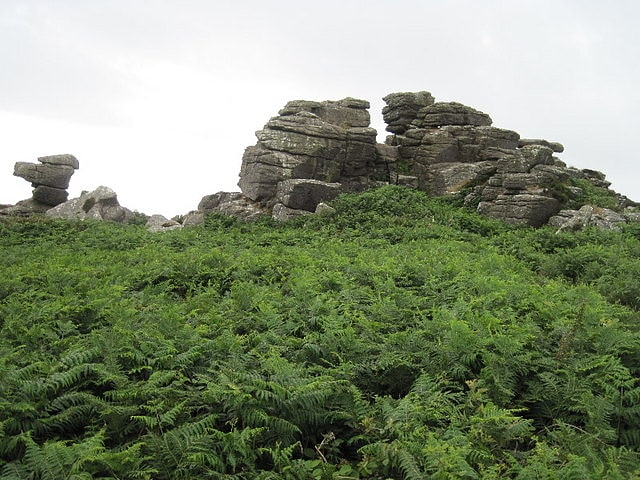
Carn Kenidjack is a hill in Tregeseal, Cornwall, England, UK. It is covered in megaliths including Tregeseal East stone circle.
A tale is told that two miners returning home one night witnessed a wrestling match near Carn Kenidjack, which was presided over by the Devil. When one of the demon wrestlers was wounded, they whispered a prayer in his ear, and the entire spectacle disappeared.[8]
St Bridget's Church
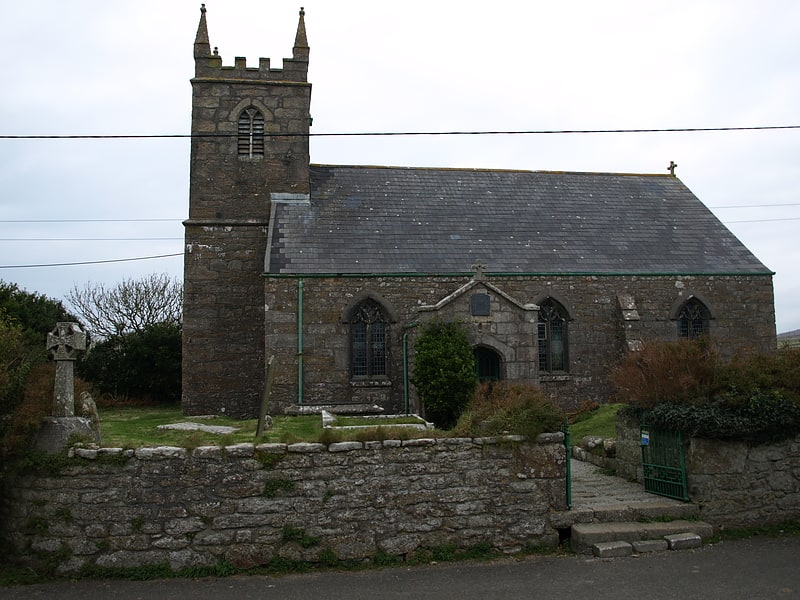
Anglican church in England. St Bridget's Church, Morvah is a parish church in the Church of England Diocese of Truro located in Morvah, Cornwall, UK. It was licensed for divine service by the Bishop of Exeter on 22 September 1400. The tower is the only remaining medieval part of the church. The nave and chancel were rebuilt in 1828. The church was added to the National Heritage List for England in 1954 at grade II, the lowest of three grades for listed buildings.[9]
Pendeen Vau
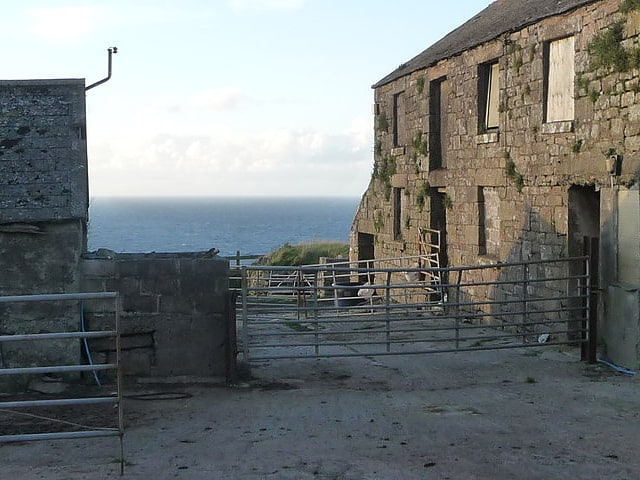
Pendeen Vau is a fogou on the Cornish coast of England, near the village of Pendeen. It is situated at Pendeen farm, once the home of the renowned historian William Borlase about half a mile from Pendeen Lighthouse. As the fogou is on private land, it is only accessible by asking permission at Pendeen Manor farm.[10]
Botallack Manor
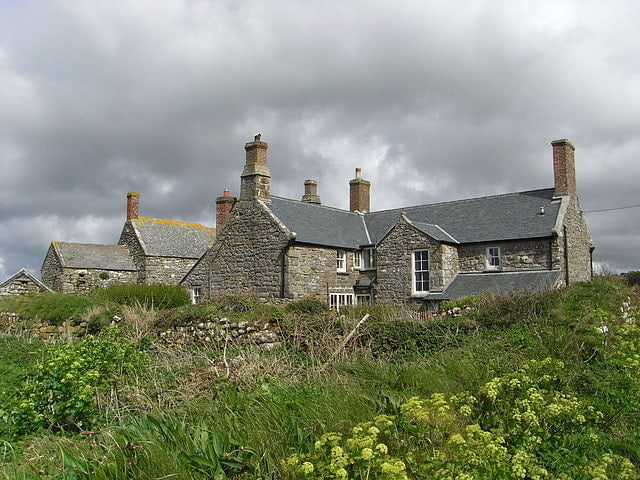
Building. Botallack Manor was built in the 17th century. The house is featured in the BBC television series Poldark, and is a Grade II* listed building situated in St Just, Cornwall.[11]